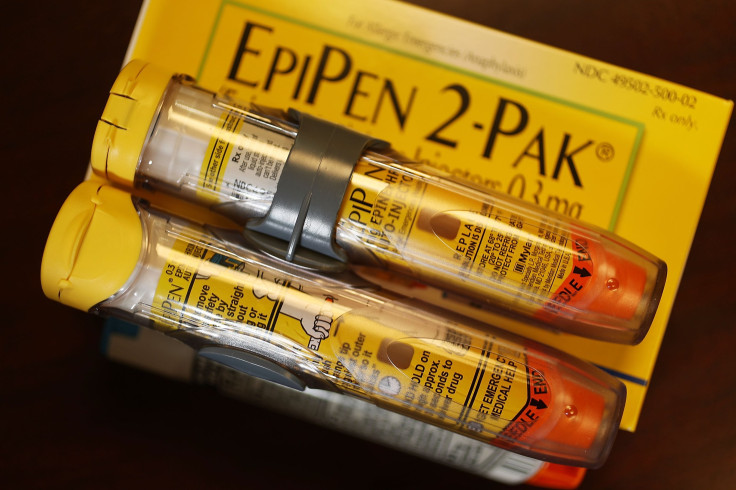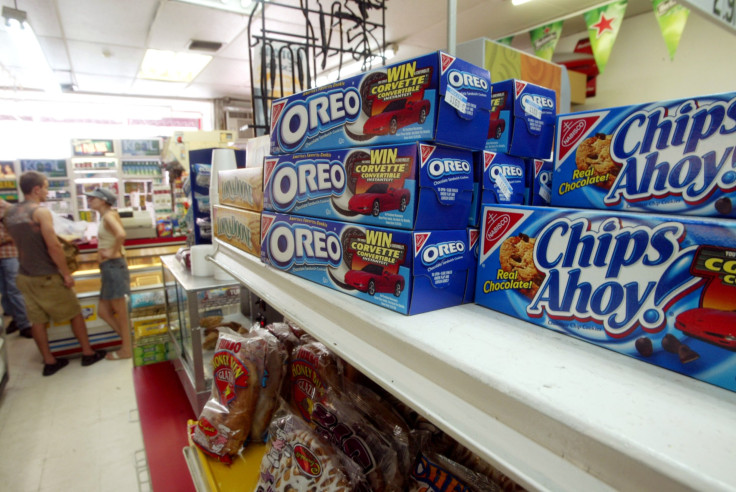Anaphylactic Shock Kills Florida Teen, Mother Warns Of ‘Added’ Nuts In Cookies

A Florida mother took to Facebook after her daughter died of a deadly peanut allergy, to warn people of “added” ingredients in products that could have potentially fatal consequences.
According to a 2013 study by the American Academy of Allergy Asthma and Immunology, deaths from anaphylactic shock are a rare phenomenon. The study also noted that while the “rate of anaphylaxis hospitalizations rose from 21.0 to 25.1 per million population between 1999 and 2009,” “overall mortality rates appeared stable in the last decade and ranged from 0.63 to 0.76 per million population (186 to 225 deaths per year).”
Although 15-year-old Alexi Stafford was aware of her intolerance to nuts — to the point where she had memorized the colors of the packaging containing the food items with nuts in them — she succumbed to her allergy after accidentally eating a cookie that was disguised as a “safe” nut-free baked goody in her friend’s house on June 25.
Kellie Travers-Stafford, the victim’s mother, said she had taken all the possible precautions to get her daughter familiarized with the kind of foods she was supposed to stay away from due to her condition and so, her “fatal mistake” came as a shock to the family.

“Our hearts are broken and we are still in shock. Our whole lives we dedicated to keeping our child safe from one ingredient, peanuts… There was an open package of Chips Ahoy cookies, the top flap of the package was pulled back and the packaging was too similar to what we had previously deemed ‘safe’ to her,” Kellie wrote in the Facebook post.
“She ate one cookie of chewy Chips Ahoy thinking it was safe because of the ‘red’ packaging, only to find out too late that there was an added ingredient.... Reese peanut butter cups/chips” she added.
The effect was immediate and the symptoms began getting worse by the minute. “She started feeling tingling in her mouth and came straight home. Her condition rapidly deteriorated. She went into Anaphylactic shock, stopped breathing and went unconscious. We administered 2 epi pens while she was conscious and waited on paramedics for what felt like an eternity,” Kellie said.
Within an hour and a half, Alexi was dead, and Kellie said she blamed herself for not doing enough to protect her daughter from her allergic condition.
“As a mother who diligently taught her the ropes of what was okay to ingest and what was not, I feel lost and angry because she knew her limits and was aware of familiar packaging, she knew what ‘safe’ was. A small added indication on the pulled back flap on a familiar red package wasn’t enough to call out to her that there was ‘peanut product’ in the cookies before it was too late,” she said.
Kellie said she decided to write the post in order to warn people with allergies that memorizing the color of packets containing what they think are the safe-to-consume food items are not enough. This was because more often than not, the companies making them do not adequately display the added ingredients on the packaging outside, many of which may lead to allergies.
In Alexi’s case, Kellie said, “The company (Nabisco) has different colored packaging to indicate chunky, chewy, or regular but NO screaming warnings about such a fatal ingredient to many people. Especially children.”
© Copyright IBTimes 2024. All rights reserved.






















